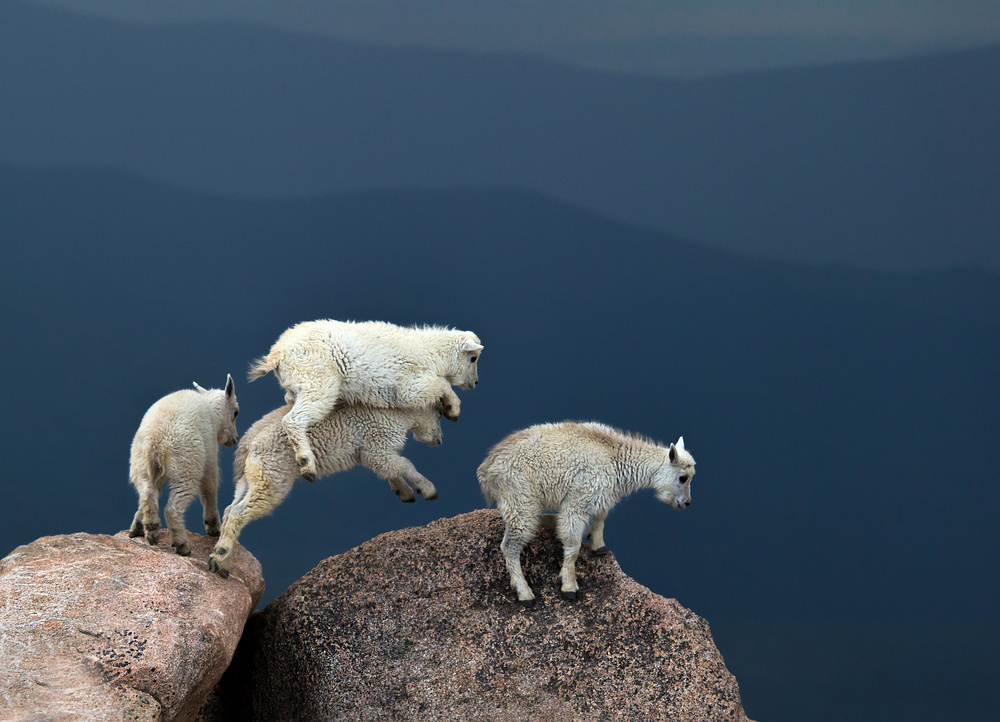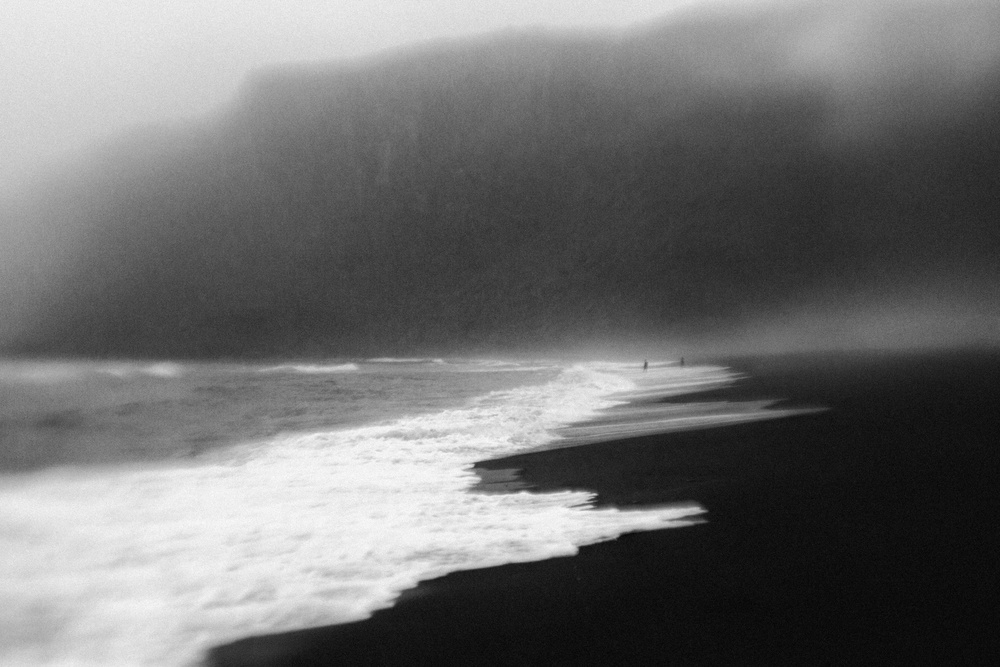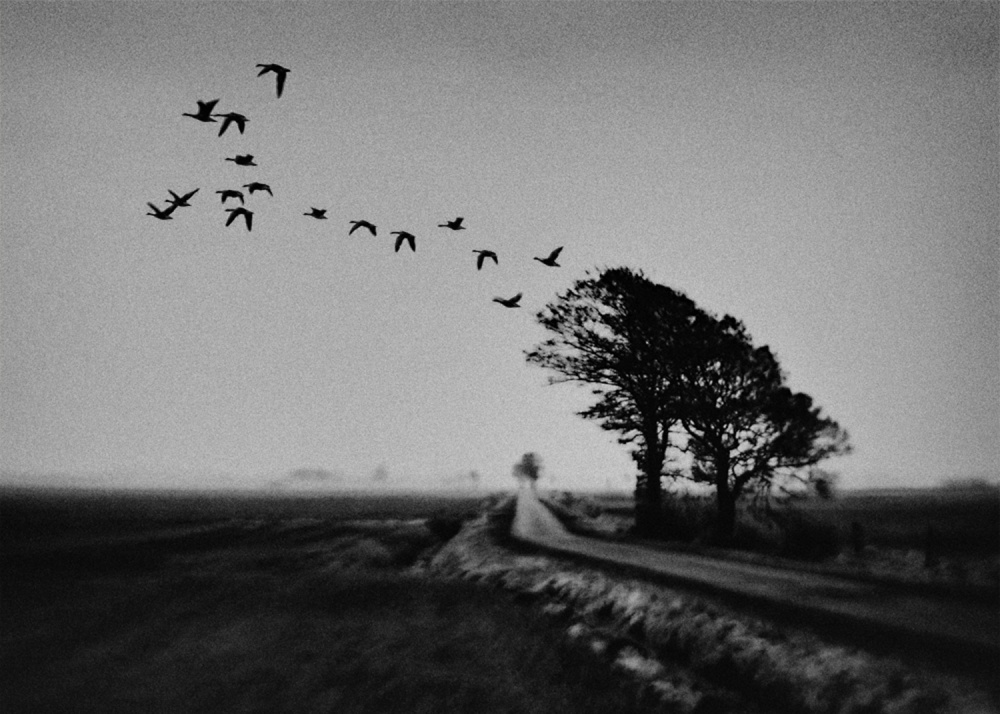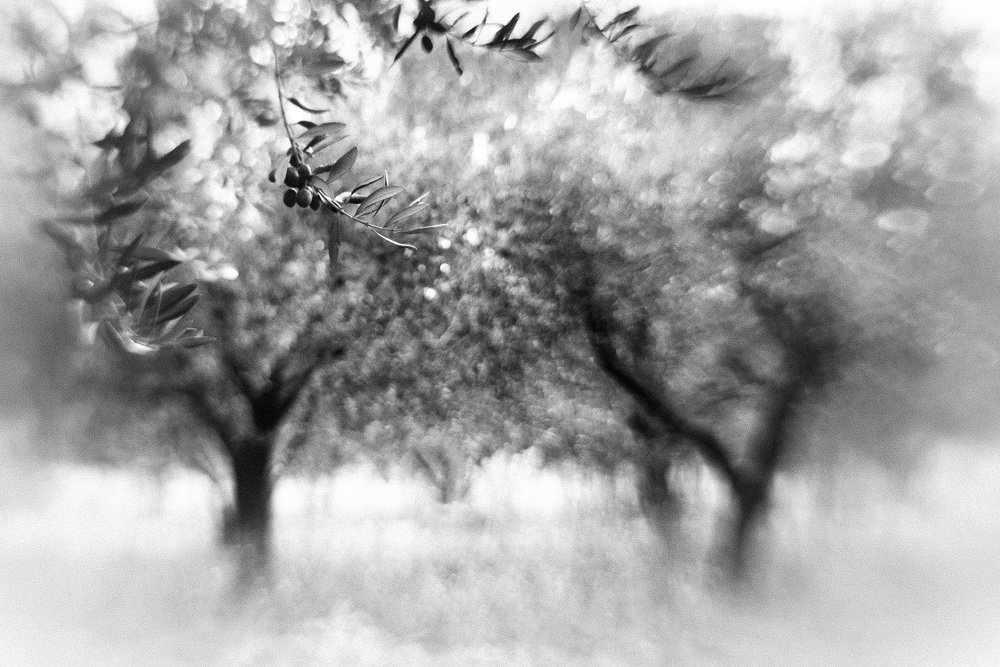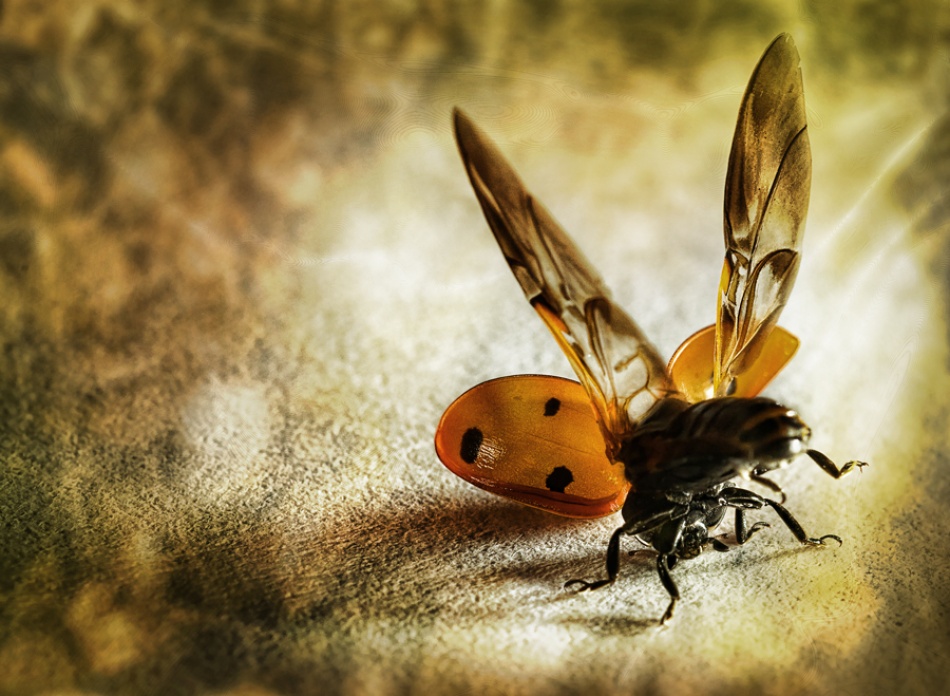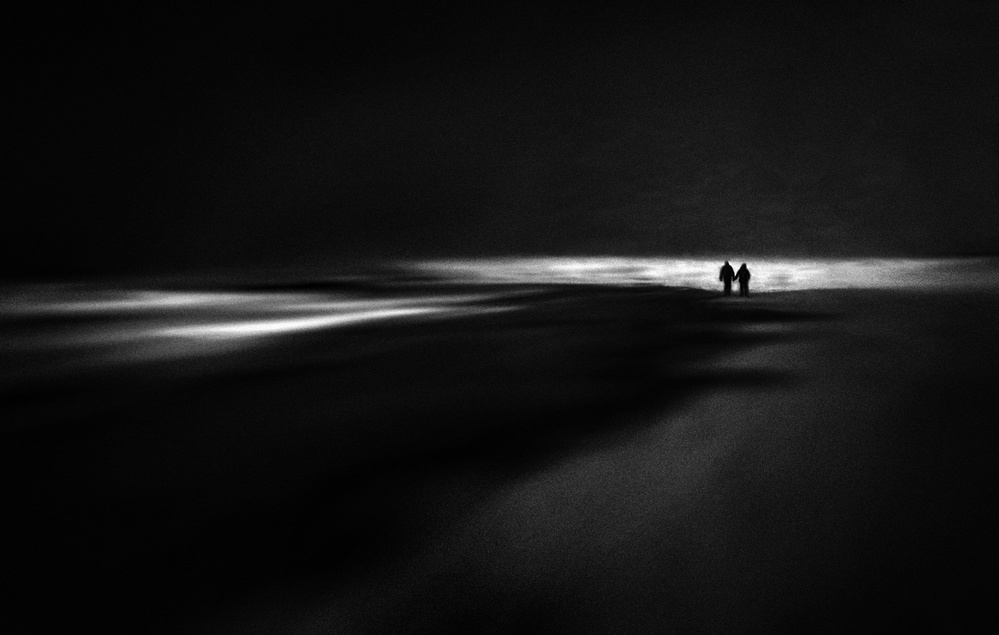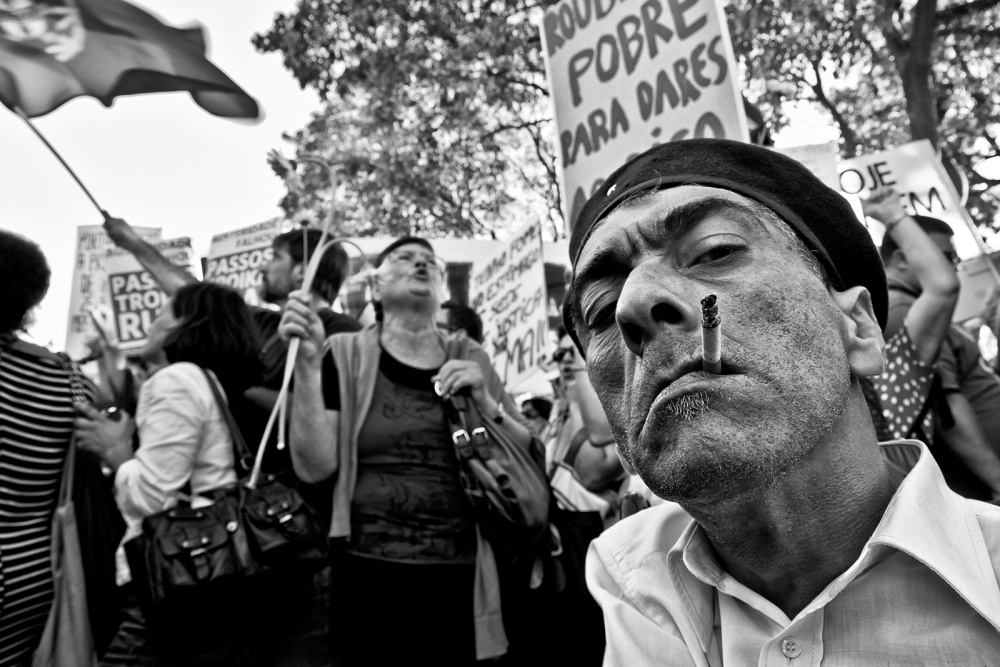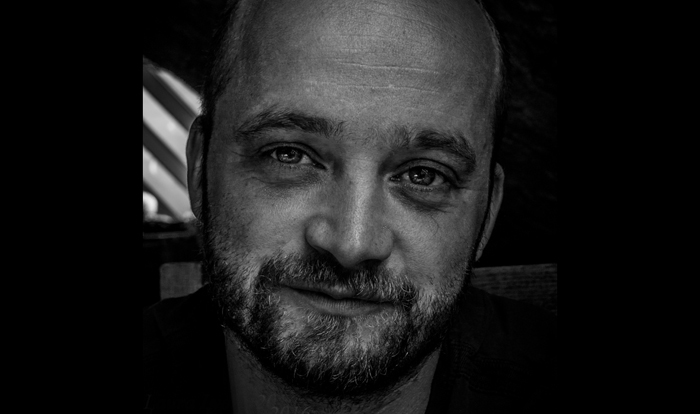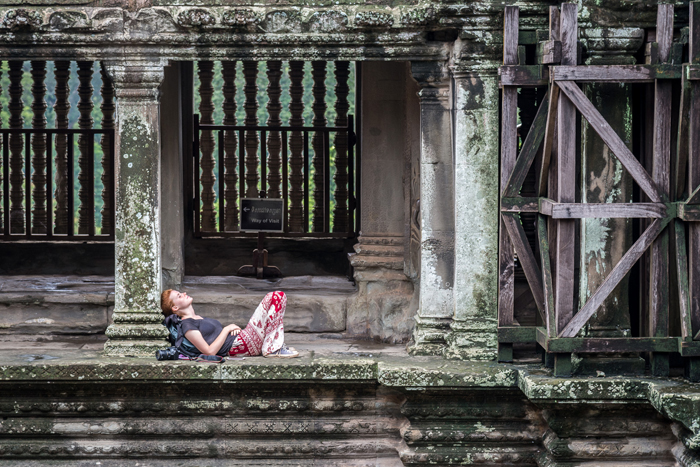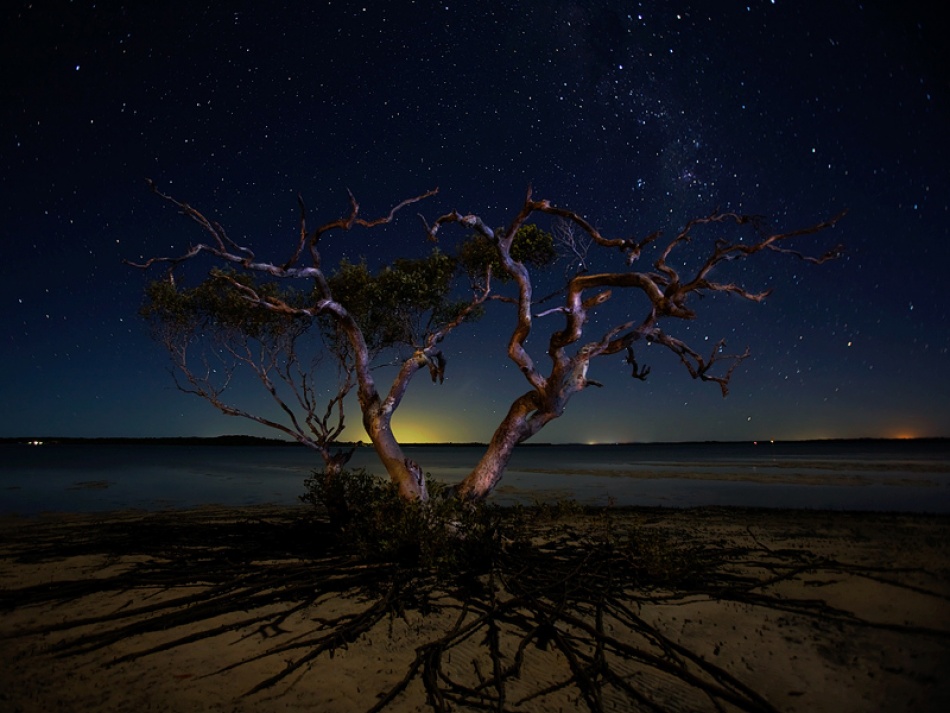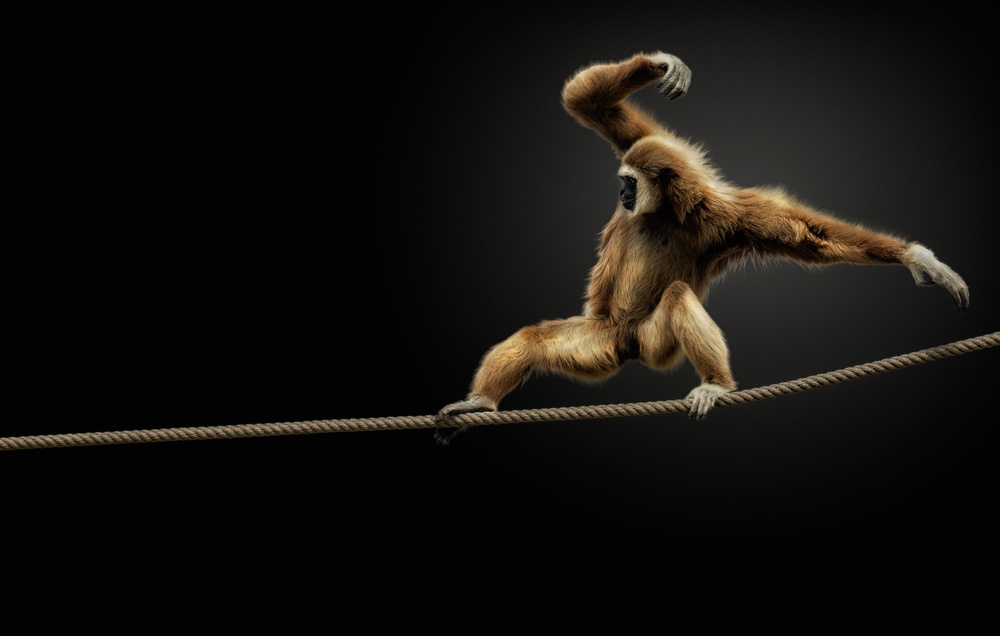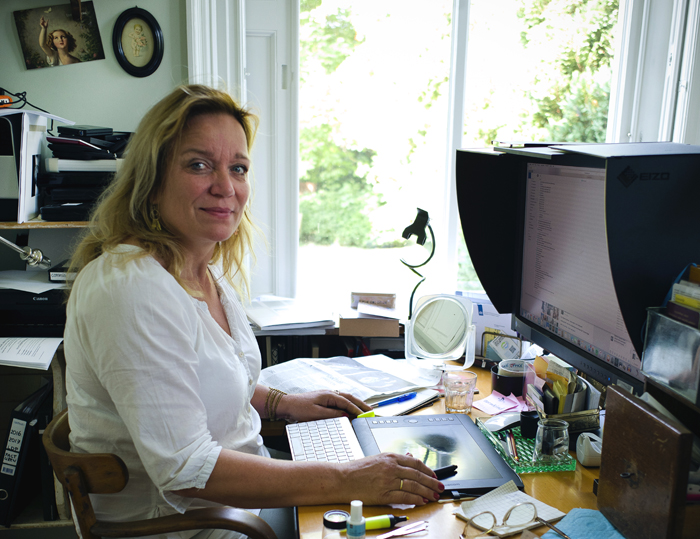Photographers
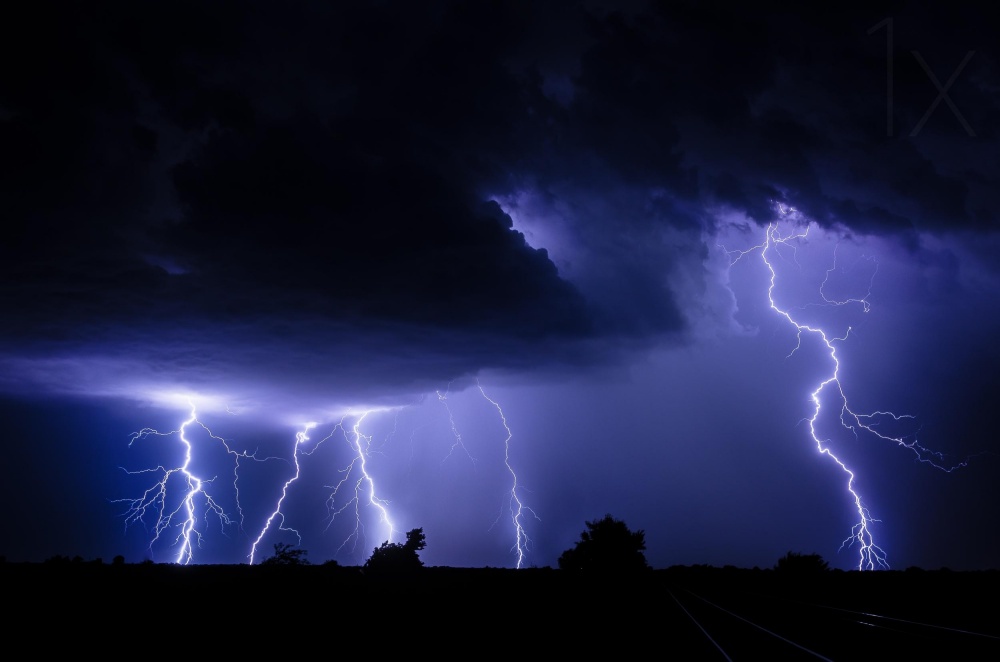
Shooting lightings: the "Fingers of God"
1x Blog-Photographers' .
To find a storm like this I used online weather maps that track the movements of the storm cells. By doing so, it is fairly straightforward to understand the direction that a cell is moving, and then position yourself ahead of it with ample time to set up. For this particular shot, I drove an hour from my house and positioned myself north of several large cells, which would pass over or close to me for the next several hours. I advise finding a large open area where you have a lot of visibility; an elevated area is ideal. To get the best contrast, these storms are best captured at twilight or nighttime.
A tripod is essential for a shot like this because you will need to take multiple shots from the exact same angle. I used a Gitzo 3541 XLS tripod with a Markins Q20 ball head and a Nikon MC-36 Multi-Function Remote Cord. Any camera that allows manual control for long exposure and shoots RAW files would work. The widest lens I had at the time was a 24–70mm, which I used wide open at an aperture of f/2.8 and a focal length of 24 mm to capture the maximum possible amount of light. I used the MC-36 Remote to capture a timed sequence of shots.
My camera was set to auto white balance (I was shooting in RAW format, so I could adjust this later), ISO 100 (to reduce noise) and the shutter speed was set to “bulb” in manual mode. I allowed my tethered remote to control the shutter speed. I set up my camera and tripod pointing toward the storm, which I could see approaching in the distance. I set the MC-36 to take a sequence of 10-second exposures. I preferred to not shoot with a longer exposure time since the clouds blur too much, and if there are too many lightning strikes, the picture becomes overexposed. I took a few test shots to make sure I had the remote programmed correctly. As an alternative, you could also use a non-programmable remote and manually work the shutter.
For safety reasons I sat in my car while the camera worked through its shooting sequence. The rule of thumb is to have some cover within 10 miles of a thunderstorm. After eight minutes and a lot of lightning, I checked my pictures and had quite a few with lightning. As the storm was getting pretty close, I decided to call it a night.
I would have preferred to have something more compelling in the foreground, such as a farmhouse or piece of farm machinery in a lighted foreground, to show more depth. The end result was a photo that trod in the footsteps of the photos I had admired. I was happy with the end result, and to me it captured what I wanted to communicate: the raw power of nature. For this reason, I thought the title “Fingers of God” was appropriate.
POST PROCESSING
TIPS
BIOGRAPHY
. '
Kansas sits squarely between three opposing air currents — warm air coming from the West Coast and up from the Gulf of Mexico, and colder air coming down from Canada. These opposing air masses set the stage for large and spectacular thunderstorms.
For many years I’ve admired shots capturing multiple lightning bolts. The raw power of a thunderstorm is something I’ve always wanted to photograph. This particular image was taken in a small town called White City, Kansas, United States, on July 7, 2012.
To find a storm like this I used online weather maps that track the movements of the storm cells. By doing so, it is fairly straightforward to understand the direction that a cell is moving, and then position yourself ahead of it with ample time to set up. For this particular shot, I drove an hour from my house and positioned myself north of several large cells, which would pass over or close to me for the next several hours. I advise finding a large open area where you have a lot of visibility; an elevated area is ideal. To get the best contrast, these storms are best captured at twilight or nighttime.
A tripod is essential for a shot like this because you will need to take multiple shots from the exact same angle. I used a Gitzo 3541 XLS tripod with a Markins Q20 ball head and a Nikon MC-36 Multi-Function Remote Cord. Any camera that allows manual control for long exposure and shoots RAW files would work. The widest lens I had at the time was a 24–70mm, which I used wide open at an aperture of f/2.8 and a focal length of 24 mm to capture the maximum possible amount of light. I used the MC-36 Remote to capture a timed sequence of shots.
"I preferred to not shoot with a longer exposure time since the clouds blur too much, and if there are too many lightning strikes, the picture becomes overexposed."
My camera was set to auto white balance (I was shooting in RAW format, so I could adjust this later), ISO 100 (to reduce noise) and the shutter speed was set to “bulb” in manual mode. I allowed my tethered remote to control the shutter speed. I set up my camera and tripod pointing toward the storm, which I could see approaching in the distance. I set the MC-36 to take a sequence of 10-second exposures. I preferred to not shoot with a longer exposure time since the clouds blur too much, and if there are too many lightning strikes, the picture becomes overexposed. I took a few test shots to make sure I had the remote programmed correctly. As an alternative, you could also use a non-programmable remote and manually work the shutter.
"For safety reasons I sat in my car while the camera worked through its shooting sequence. The rule of thumb is to have some cover within 10 miles of a thunderstorm."
For safety reasons I sat in my car while the camera worked through its shooting sequence. The rule of thumb is to have some cover within 10 miles of a thunderstorm. After eight minutes and a lot of lightning, I checked my pictures and had quite a few with lightning. As the storm was getting pretty close, I decided to call it a night.
I would have preferred to have something more compelling in the foreground, such as a farmhouse or piece of farm machinery in a lighted foreground, to show more depth. The end result was a photo that trod in the footsteps of the photos I had admired. I was happy with the end result, and to me it captured what I wanted to communicate: the raw power of nature. For this reason, I thought the title “Fingers of God” was appropriate.
POST PROCESSING
I used Lightroom and LR/Enfuse plugin to process this image.
1) In Lightroom, I examined the pictures and chose the best five. No single picture had the desired composition of lightning bolts, so I decided to blend two pictures together. For this I used a very simple yet powerful plugin for Lightroom called LR/Enfuse.
2) I set Exposure to 1, Saturation to 0.3 and Contrast to .05. You can play around with these to whatever pleases your eye. However, exposure weight should always be close to 1.
3) The classic photographic color of a lightning bolt is tungsten, and so I adjusted the white balance. This gives the bluish tinge.
4) I adjusted Exposure a bit more to remove a reflection from the railroad tracks. I preferred to leave the foreground mostly dark since there wasn’t anything interesting in it, and the silhouette of the trees was appealing to my eye.
1) In Lightroom, I examined the pictures and chose the best five. No single picture had the desired composition of lightning bolts, so I decided to blend two pictures together. For this I used a very simple yet powerful plugin for Lightroom called LR/Enfuse.
2) I set Exposure to 1, Saturation to 0.3 and Contrast to .05. You can play around with these to whatever pleases your eye. However, exposure weight should always be close to 1.
3) The classic photographic color of a lightning bolt is tungsten, and so I adjusted the white balance. This gives the bluish tinge.
4) I adjusted Exposure a bit more to remove a reflection from the railroad tracks. I preferred to leave the foreground mostly dark since there wasn’t anything interesting in it, and the silhouette of the trees was appealing to my eye.
TIPS
1) Always use a tripod to avoid motion blur and camera shake.
2) Know the weather and what it’s expected to do so you can position yourself accordingly and get the best shot.
3) Be patient! Many times I decided to move my camera just when a great lighting bolt touched down.
2) Know the weather and what it’s expected to do so you can position yourself accordingly and get the best shot.
3) Be patient! Many times I decided to move my camera just when a great lighting bolt touched down.
BIOGRAPHY
I’m a 36-year-old photographer from the United States who took up the hobby a little over a year ago. I’m primarily focused on landscape and nature photography, but have been experimenting with many other disciplines. I hope this picture is one of many more to come.


